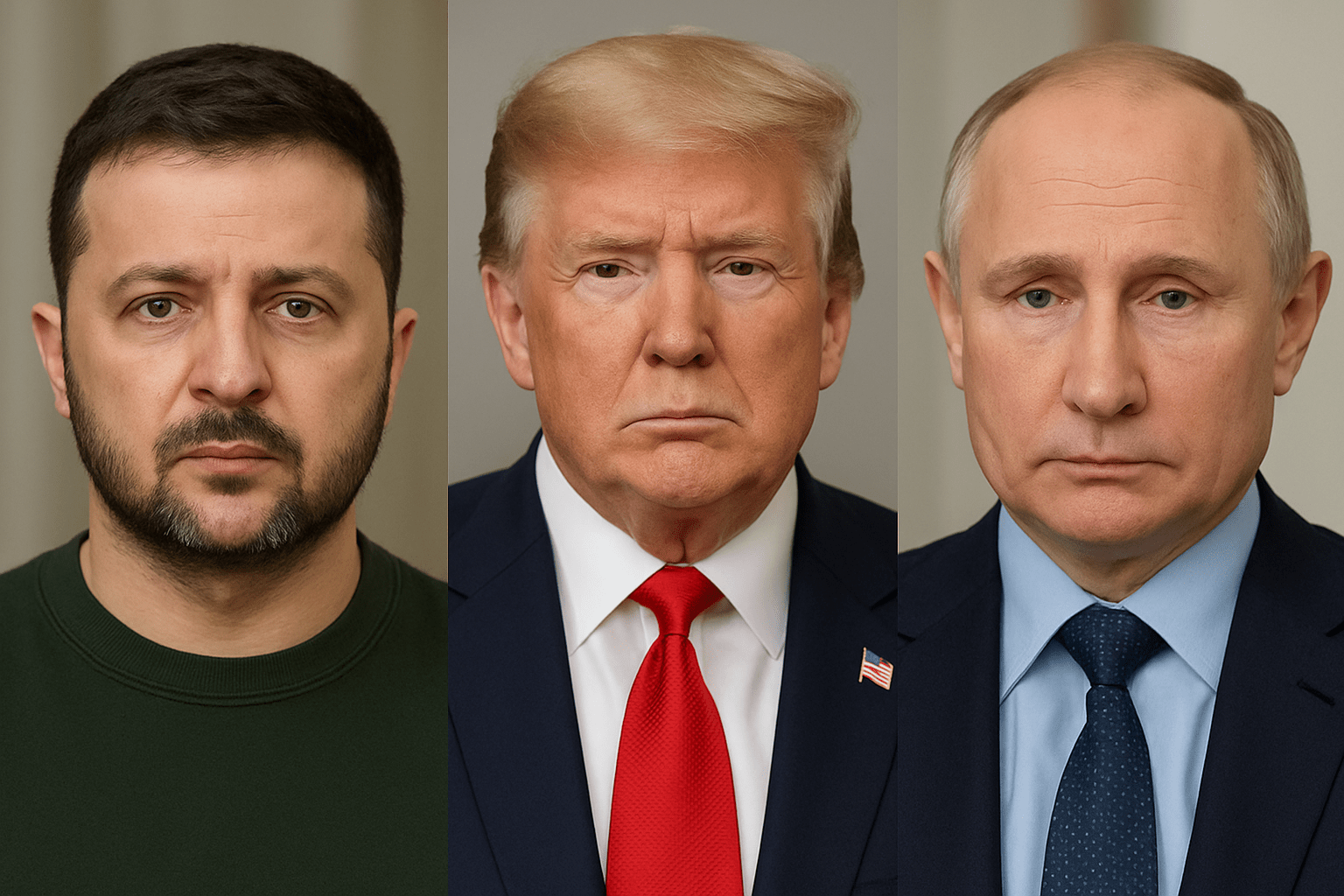

This week’s hastily convened White House gathering, bringing together President Trump, President Zelensky and a suite of EU leaders as well as the NATO Secretary General was the closest the West has appeared “as one” during the Russia/Ukraine conflict since President Biden left office.
For months, President Trump had acted unilaterally, and often to the apparent dismay of other world leaders, picking fights with Ukraine, whilst giving Putin star-treatment – as we saw last week, with Russia’s leader being driven with Trump in “The Beast”, a US military asset rather than just a car.
That meeting didn’t end with any agreements, so Trump needed fresh momentum and fast. Yet behind the handshakes, there remains a crucial question – momentum towards what, exactly?
Zelensky had been preparing for statecraft designed to avoid the fiasco of “suitgate” earlier in the year. This time he wore a heavy suit rather than fatigues – a powerful piece of optics that delighted the White House. But while tailoring might make a leader look more presidential, it can’t disguise the fact that all the key players are still demanding wildly different cuts.
Zelensky wants restoration of pre-invasion borders and eventual EU and NATO membership; Putin seems as determined as ever to hold on to territory won in the conflict; Europe and the UK are aligned with Ukraine, but some EU countries are wary about NATO membership and Germany is pushing heavily for a ceasefire before negotiations can start; Trump also sees NATO membership as too confrontational for Moscow to stomach and there is little appetite in DC for an ever enlarging EU. By all accounts, Trump’s approach to Ukraine remains to deliver peace at any reasonable cost and to do so quickly.
There is little overlap in those measurements – meaning any quick and easy “off-the-rack” peace agreement Trump might want is going to be very difficult to sell. But for Putin, it is an opportunity to delay, distract and divide.
What has changed, however, is the White House’s willingness to not only include its allies but to actively work with them in a respectful way. As a result, Trump and Europe’s leaders this week appeared notably more comfortable with each other than they have been since President Trump’s inauguration in January. This is why NATO Secretary General Jens Stoltenberg (also in the room) was keen to emphasise renewed unity between the US and its allies.
All of this matters a great deal. Putin was taken aback at the way his invasion brought the West together and was no doubt highly amused by Trump’s provocations over the last six months. This week’s optics undermined Putin’s core assumption that this will carry on indefinitely and that the West is fundamentally divided. For the first time since Trump returned to power, we are seeing something close to trans-Atlantic alignment, even if not always tactical agreement, and this puts the diplomatic pressure back on Moscow.
Trump is, without question, injecting new energy into a diplomatic process that risked becoming sclerotic. “Something has changed” said Italian PM Giorgia Meloni, citing Trump as the reason. But it is the EU/UK and NATO which must use their experience and continue to define the direction of travel. They understand that peace at any cost will set the stage for future conflict to come, whilst undermining Western security and NATO prowess. It may take longer, but it is critical for London and Brussels to help tailor a peace that not only protects Ukraine’s security, but the security of all of Europe from Putin’s aggression over the long term.
By Simon Benson

Content